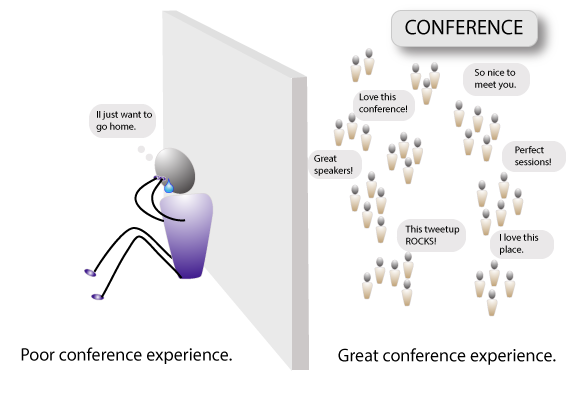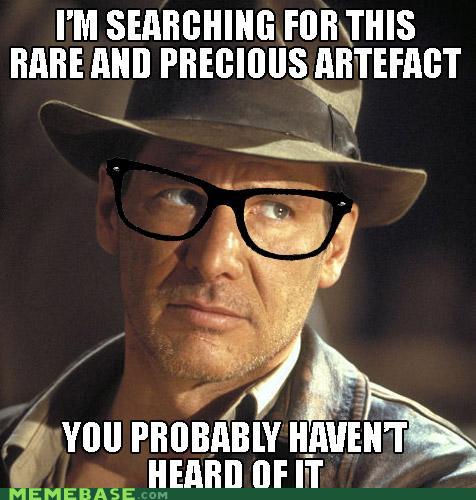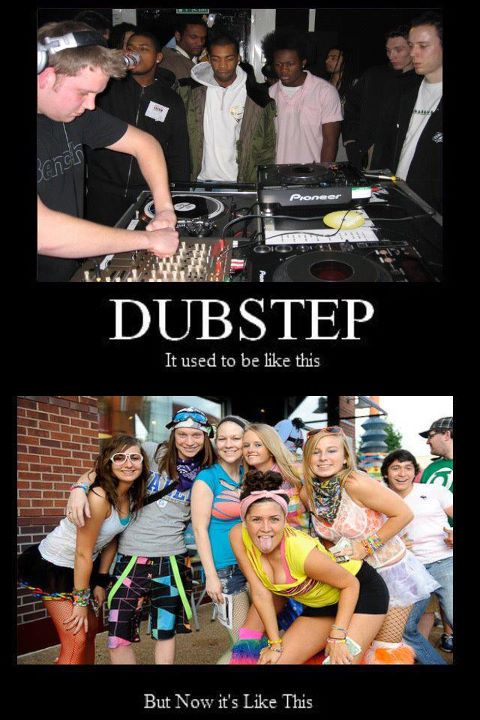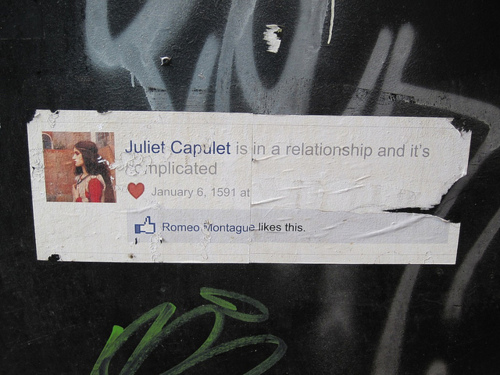I’ve been thinking a lot about this question lately. I even wrote an essay awhile back for The New Inquiry. But, honestly, none of the answers I come up seem complete. I’m posting this as a means of seeking help developing an explanation and to see if anyone knows of people who are taking on this question.
I think question is important because it relates to our “digital dualist” tendency to view the Web as separate from “real life.”
So far, I see three, potentially compatible, explanations: more...












